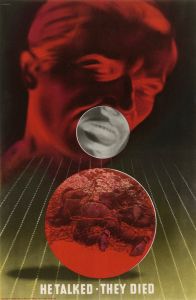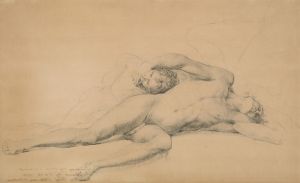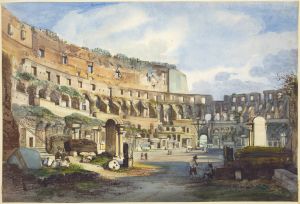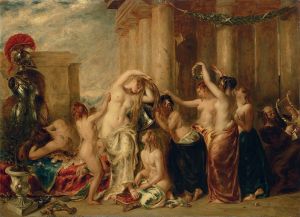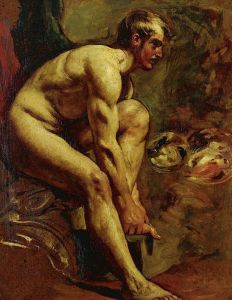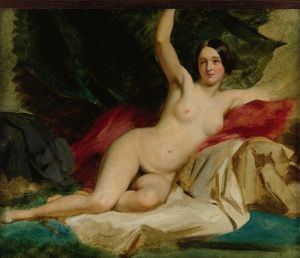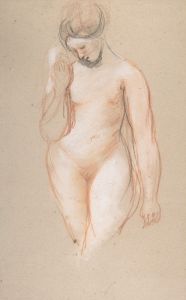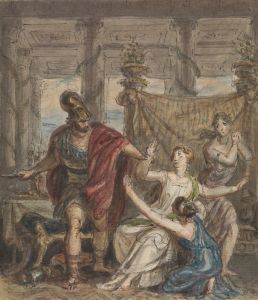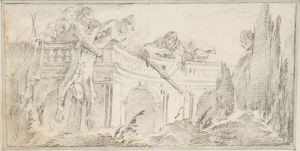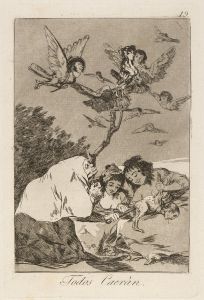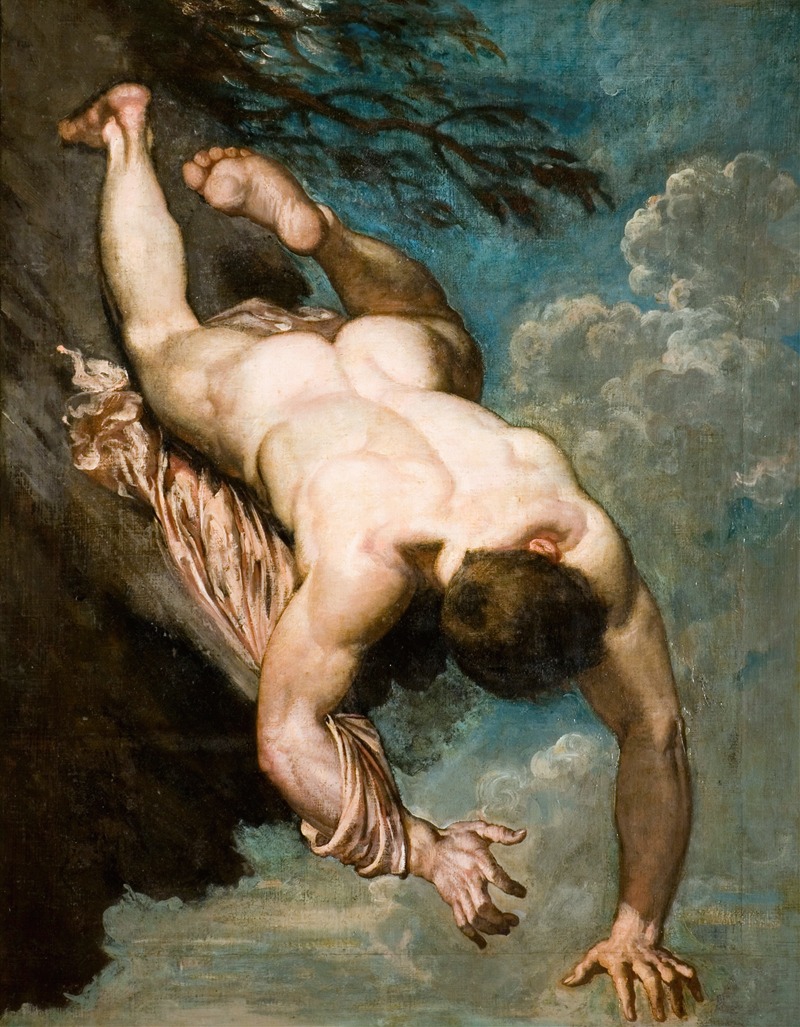
Manlius Hurled From The Rock
A hand-painted replica of William Etty’s masterpiece Manlius Hurled From The Rock, meticulously crafted by professional artists to capture the true essence of the original. Each piece is created with museum-quality canvas and rare mineral pigments, carefully painted by experienced artists with delicate brushstrokes and rich, layered colors to perfectly recreate the texture of the original artwork. Unlike machine-printed reproductions, this hand-painted version brings the painting to life, infused with the artist’s emotions and skill in every stroke. Whether for personal collection or home decoration, it instantly elevates the artistic atmosphere of any space.
"Manlius Hurled From The Rock" is a painting by the British artist William Etty, known for his historical and mythological subjects, as well as his skillful depiction of the human form. Etty was a prominent figure in the 19th-century British art scene, and his works often explored themes of heroism, morality, and the human condition.
The painting depicts a dramatic scene from Roman history involving the legendary figure of Manlius Capitolinus. According to historical accounts, Manlius was a Roman consul and military leader who played a crucial role in defending Rome against the Gauls in 390 BC. He was celebrated for his bravery and was considered a hero of the Roman Republic. However, his later life took a tragic turn when he was accused of aspiring to kingly power, a serious charge in the Roman Republic, which valued its republican form of government and was wary of any individual accumulating too much power.
The specific event illustrated in Etty's painting is the execution of Manlius Capitolinus. After being found guilty of treason, he was sentenced to death by being thrown from the Tarpeian Rock, a steep cliff on the southern summit of the Capitoline Hill in Rome. This method of execution was reserved for traitors and was intended as a public spectacle to serve as a deterrent to others.
Etty's painting captures the moment of Manlius's execution with dramatic intensity. The composition likely emphasizes the physical and emotional turmoil of the scene, a hallmark of Etty's work, which often focused on the expressive potential of the human body. The artist's use of color, light, and shadow would have been employed to heighten the drama and convey the gravity of the moment.
William Etty was known for his ability to convey complex narratives through his art, and "Manlius Hurled From The Rock" would have been no exception. His works often invited viewers to reflect on moral and ethical questions, and this painting likely served as a commentary on the themes of power, justice, and the consequences of political ambition.
Etty's career was marked by both acclaim and controversy. While he was praised for his technical skill and the beauty of his compositions, some of his works were criticized for their sensuality and the depiction of nudity, which was a contentious issue in Victorian England. Despite this, Etty remains an important figure in the history of British art, and his works continue to be studied and appreciated for their artistic and historical significance.
"Manlius Hurled From The Rock" exemplifies Etty's ability to blend historical narrative with artistic expression, creating a work that is both visually compelling and thought-provoking.





